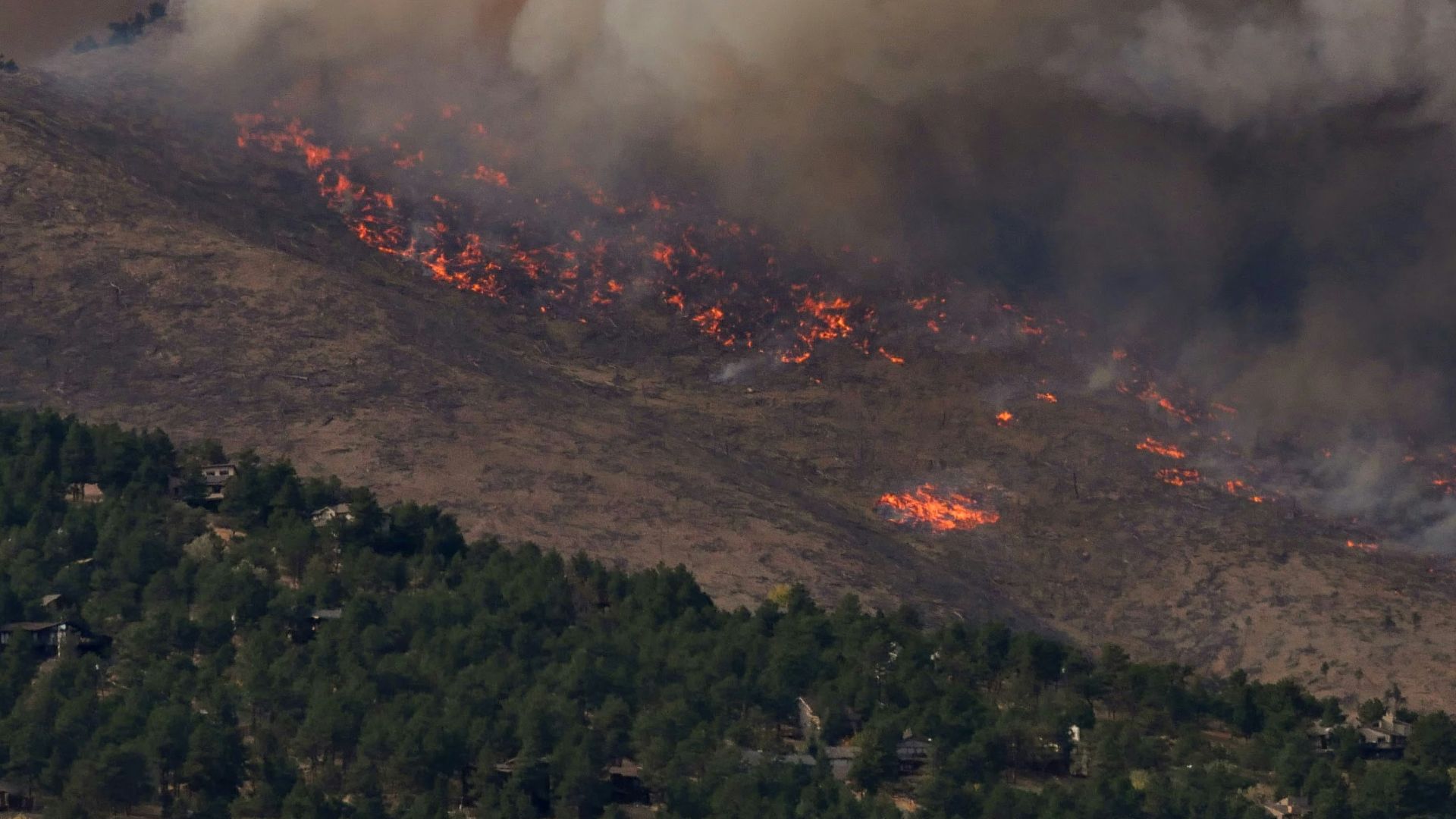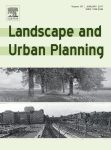The purchase of private land for conservation purposes is a common way to prevent the exploitationvof sensitive ecological areas. However, private land conservation can also provide other benefits, one of these being natural hazard reduction. Here, we investigated the impacts of private land conservation on fire risk to homes in San Diego County, California. We coupled an econometric land use change model with a model that estimates the probability of house loss due to fire in order to compare fire risk at the county and municipality scale under alternative private land purchasing schemes and over a 20 year time horizon. We found that conservation purchases could reduce fire risk on this landscape, and the amount of risk reduction was related to the targeting approach used to choose which parcels were conserved. Conservation land purchases thattargeted parcels designated as high fire hazard resulted in lower fire risk to homes than purchases that targeted low costs or high likelihood to subdivide. This result was driven by (1) preventing home placementin fire prone areas and (2)taking land offthe market, and hence increasing development densities in other areas. These results raise the possibility that resource conservation and fire hazard reduction may benefit from combining efforts. With adequate planning, future conservation purchases could have synergistic effects beyond just protecting ecologically sensitive areas.
Can private land conservation reduce wildfire risk to homes? A case study in San Diego County, California, USA


